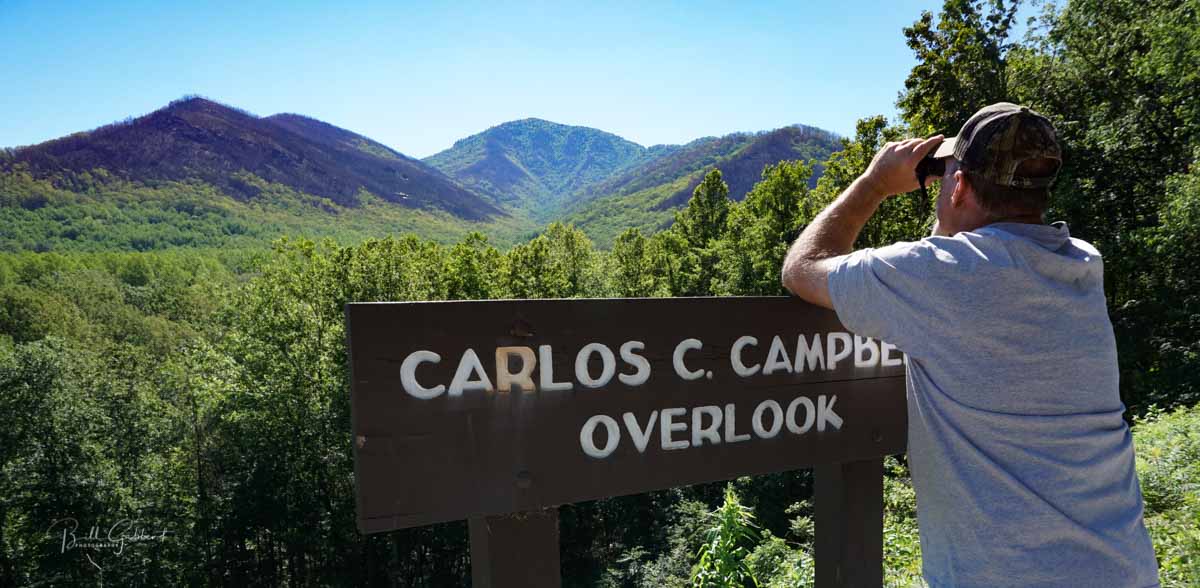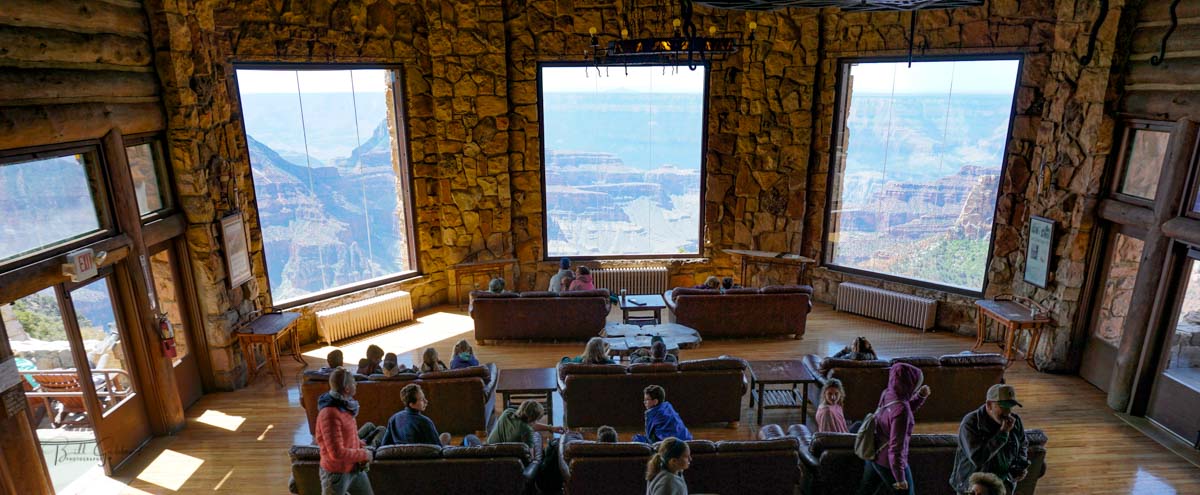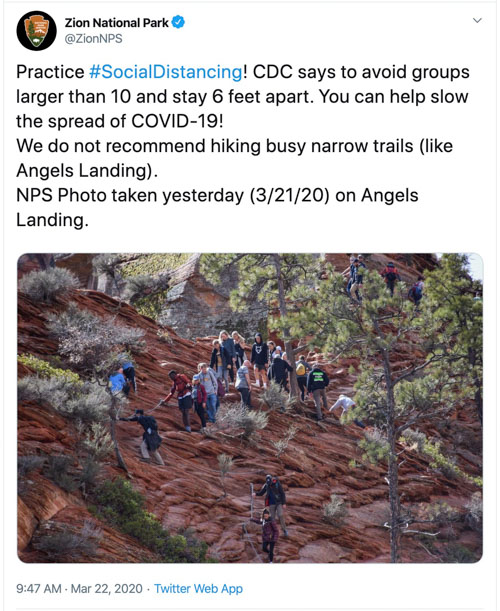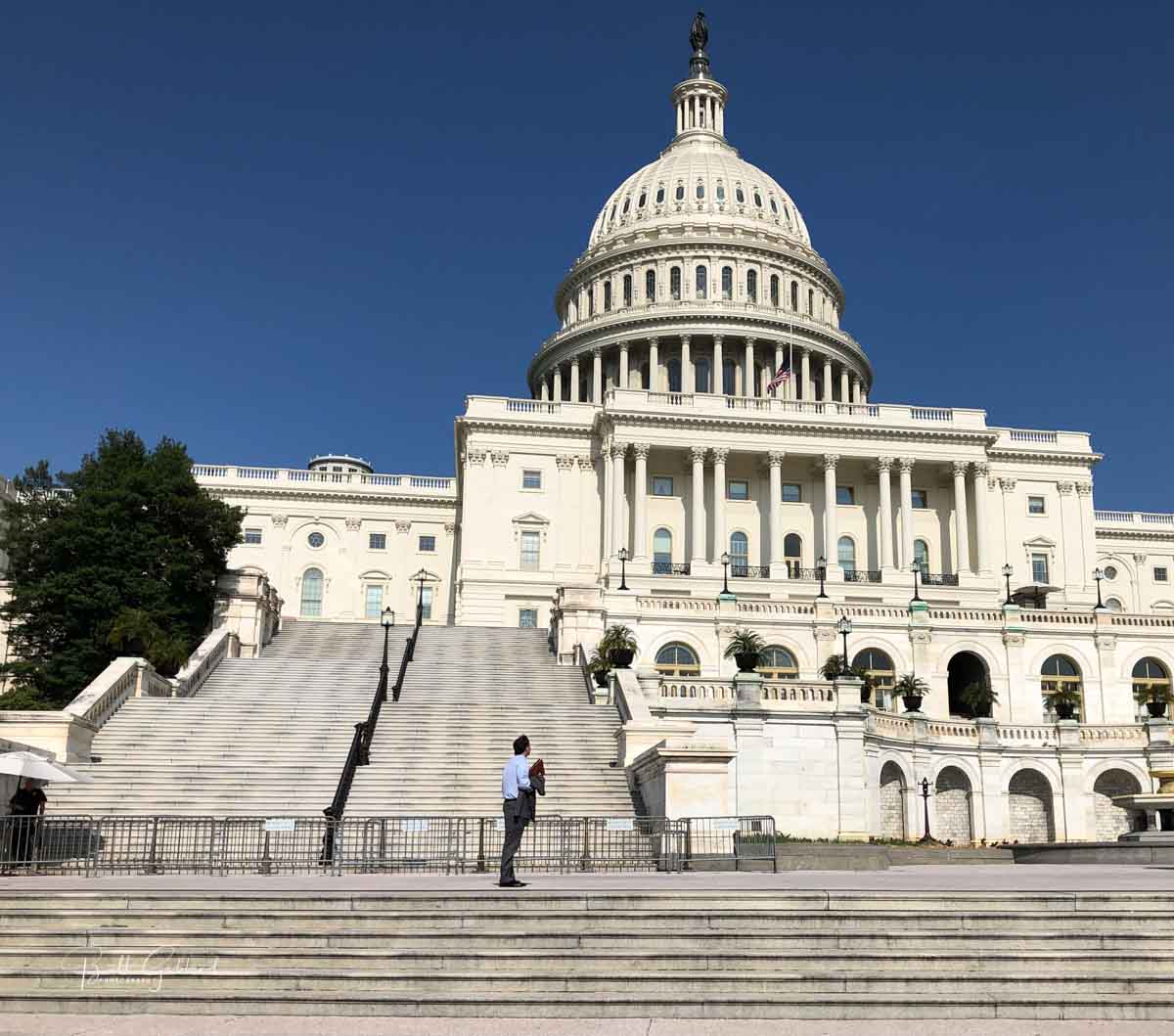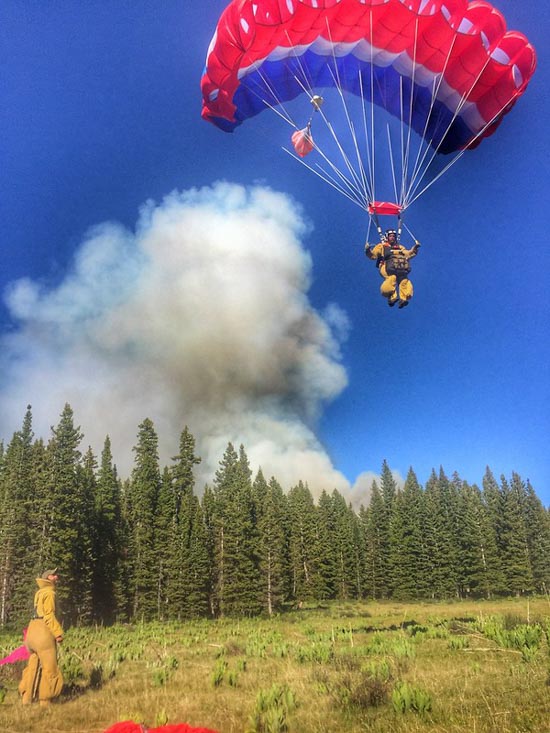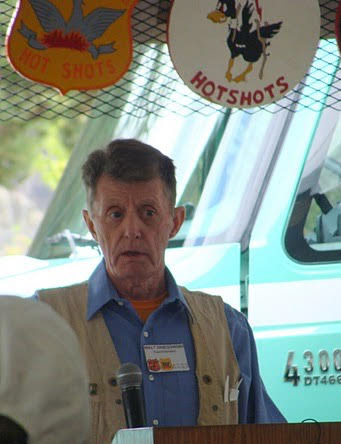
Walt Sniegowski passed away Tuesday morning, March 31, a victim of the coronavirus.
Walt was a charter member of the Little Tujunga Hotshots when the crew was formed in 1970 on the Tujunga District of the Angeles National Forest in southern California. Rod Wrench was the Superintendent then and Walt and Gary Glotfelty were the crew foremen. Walt was promoted to Superintendent in 1974 and served in the position through 1976. He later worked in fuels management and at the Riverside Fire Lab, retiring in 1990 after 31 years of service.
He left active fire suppression in 1978 because as one former Angeles National Forest veteran said, “he had so much lung damage from years of being on the fire lines that he could no longer continue.”
A person has to wonder if his career as a firefighter made him more vulnerable to the virus.
The excellent biography of Walt below was written in 2010 by Rod Wrench around the 40th anniversary of the Little Tujunga Hotshots.
Since Little T’s inception not a more familiar face could be found than that of Walt Sniegowski. Crew members from 1970 through 1977 could stop what ever they were doing, drive up to Little T Station, roll down their window and yell ―”Hey Walt!” and from somewhere in the bowels of the Little T complex echos the gruff reply, “Hey What!”
Born and raised in a rural area of Western Massachusetts, Walt Sniegowski attended school in the town of Chicopee in the Connecticut River Valley. His family was always involved with hunting or fishing and owned several fishing camps and cabins for that purpose. If it was fresh water fishing the big rivers of Canada or fishing in the ocean Walt could be found on ocean going vessels, power boats and canoes for that purpose. He’s mother said in her diary that Walt was born with a fishing rod in his hand and spent 150 + days per year fishing or hunting right out the back door of the family home. Walt became so accurate with bow and arrow that he competed in regional field archery tournaments in the junior and intermediate categories and helped build tournament courses in Vermont and Massachusetts that still exist today. The career path for Walt was set. He would work for Fish and Game or the Forest Service. The United States Forest Service landed him.
Walt attended and graduated from the Stockbridge School at the University of Massachusetts in Amherst. Armed with an Associates Degree in Forest and Wildlife Management, Walt accepted a position with the Fremont National Forest in Lakeview, Oregon in 1958 & 1959 and became a “Timber Beast” timber estimating, cruising, and marking timber with a little log scaling thrown in. While learning his craft on the Fremont he became a Red Carded Smoke-chaser and made a few lightning fires and one shift on the only campaign fire in those two years. “I had not yet inhaled enough smoke to get hooked into a fire career”.
Encouraged by his District Ranger, Walt attended the University of Idaho in 1960 & 1961 and worked for the USFS experiment station at Intermountain and then in watershed management at San Dimas.
Everything appears to be on track in young Sniegowski’s life but who wants to be on track? “I know…I’ll join a Hot Shot crew.” In 1964 Walt applied for and accepted a position with the Dalton Hot Shots on the Baldy District of the Angeles National Forest. It became his spiritual awakening. “Young” Chuck Hartley was the Superintendent and Walt worked alongside three would be “Lifers” — Lorenzo Armas (Interagency Dispatch Center @ Bishop), Paul Gleason (Supt. Of the Zig Zag and Pike Hot Shot crews), and Lou Yazzie (Dalton Hot Shot Foreman and Supt.).
In 1965 Walt accepted a permanent position with the USFS as a Fire Prevention Technician at Dalton and later Rincon Station. During this time Walt gained a lot of fire experience on sector teams supervising inmates, lemon pickers, and the military. Chosen to organize and train the Y.A.C.C. Crew at Camp Fenner on the Valyermo District, Walt accumulated more fire experience but it wasn’t the same as the Hot Shot world. “I was looking for a supervisors position on a Hot Shot crew but few were available. Positions in Arizona and Idaho were offered but they were temporary and I turned them down”.
In 1970 Walt was offered a supervisory position working for Charlie Caldwell on the Redding Inter-regional Hot Shot Crew. Then lo and behold the Foreman’s position on the Little Tujunga Hot Shots was offered at the same time. “I agonized over the decision for several days, however friends like Woody Hite, Hugh Masterson, and others convinced me of the unique opportunity to start from day one with a brand new crew. Not many people get an opportunity like that and I never regretted the decision.”
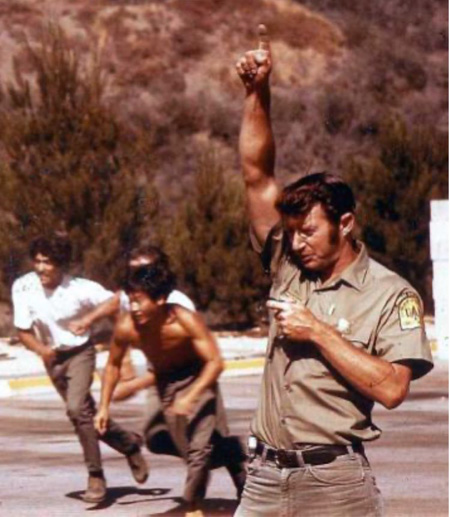
This decision must have been the right one because 8 years later, 4 years as Foreman and 4 years as Superintendent, Walt Sniegowski took into his hands the responsibility to protect, guide, and defend the lives of twenty young men every fire season. During his time with the Little Tujunga Hot Shots, not one fire shelter was deployed or one major lost time accident was recorded.
In 1978 health reasons forced a move out of primary fire fighting positions and into the start of the Angeles National Forest Fuels Program. To get things jump started Walt was stationed at Oak Grove, Then, the program eventually moved into the Supervisors Office in 1980 at Arcadia, California. In 1983 he accepted a new position with the Prescribed Fire Project at the Riverside Fire Laboratory.
In 1990, after 31 years, 6 months, and 16 days Walt Sniegowski retired from the United States Forest Service. But wait!….the telephone never stopped ringing. “Hey Walt!”….”Hey What!”…”It’s the Bureau of Indian Affairs, The Federal Emergency Management Agency, and the Department of Justice requesting you put your Whites back on. What do I tell them?”…”Tell ’em I’ll be there!”
For those that don’t know, Walt celebrates and shares his life with his wife Sarita, 4 children and 10 grand children. They live a very active life in Palm Springs, California and never miss the opportunity to be active members of that community.
(end)
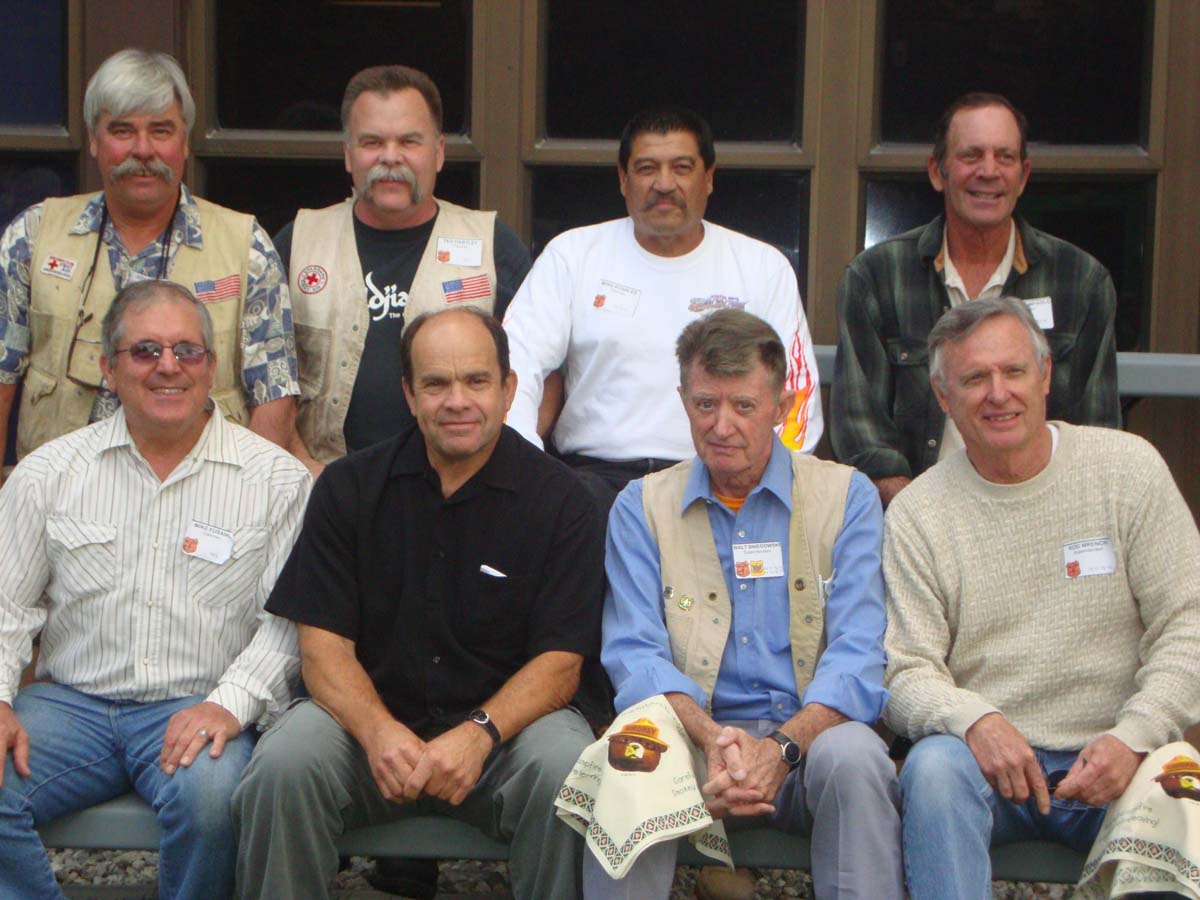
Our sincere condolences go out to Walt’s family, friends, and co-workers.
Thanks and a tip of the hat go out to Robert. Typos or errors, report them HERE.

